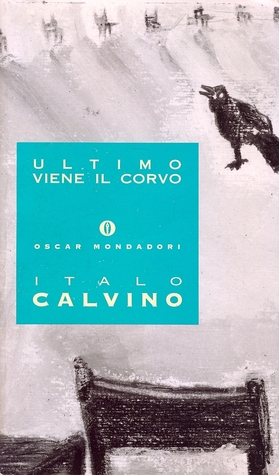The Crow Comes Last is a collection of thirty short stories written between 1945 and 1948, primarily based on the author’s wartime experiences as a resistance fighter during WWII and then in postwar Italy. Some are brutal, others funny, and some are gritty. They all revolve around the themes he perfectly defined while talking about his book:
I prefer to divide the subject into three parts, to highlight three thematic lines of my work from those years. The first is the ‘Resistance’ story (or at any rate of war or violence), seen as an adventure of suspense or terror, a type of fiction that quite a few of us did at that time. The second line is also common to much fiction of those years and is the postwar picaresque tale, stories coloured by elemental characters and appetites. In the third, the landscape of the Riviera dominates, with boys or teenagers and animals. This last line is a personal development of a ’literature of memory. Needless to say, the three lines often.
 Although mainly written in the neorealist style, many scenes are infused with
visionary, fable-like elements characteristic of Calvino’s later fantasy
period. My favourites are Adam, One Afternoon, Theft in the Cake Shop, The
Cat and the Policeman, Fear on the Foothpath, and The Crow Comes Last.
Although mainly written in the neorealist style, many scenes are infused with
visionary, fable-like elements characteristic of Calvino’s later fantasy
period. My favourites are Adam, One Afternoon, Theft in the Cake Shop, The
Cat and the Policeman, Fear on the Foothpath, and The Crow Comes Last.
Short story collections are not fancy these days and probably never have been. Yet this is a book I would probably suggest to someone coming to Calvino for the first time, as some of his full-length novels can sometimes feel too “esotheric” to the newcomer.